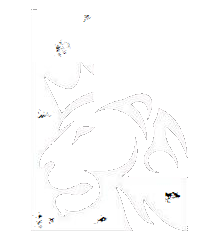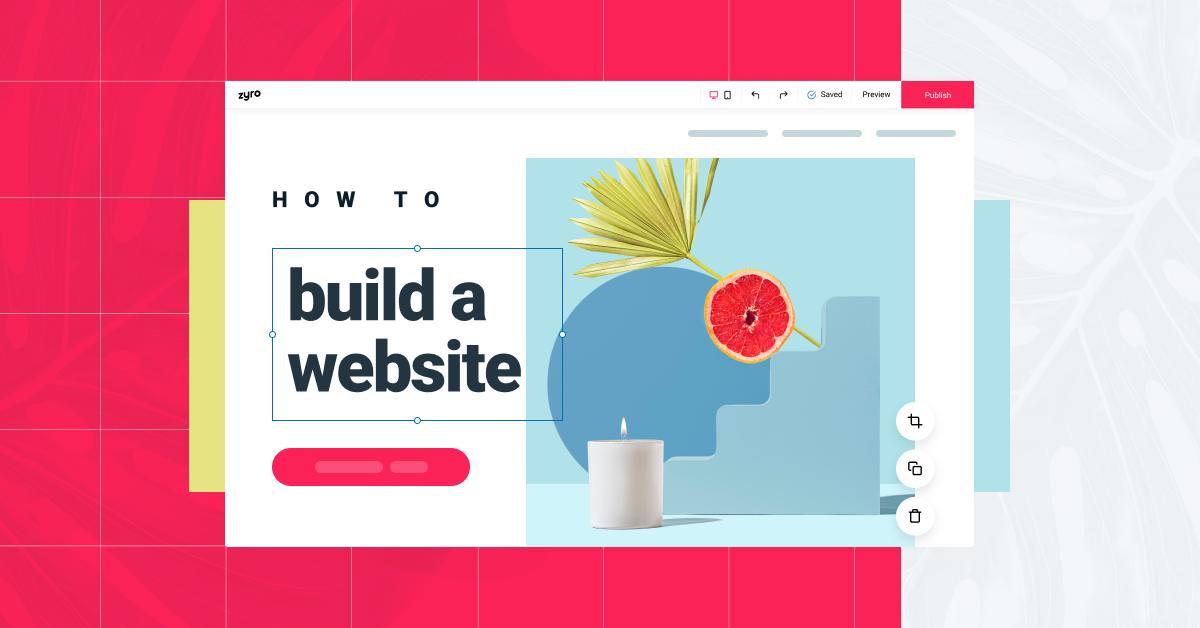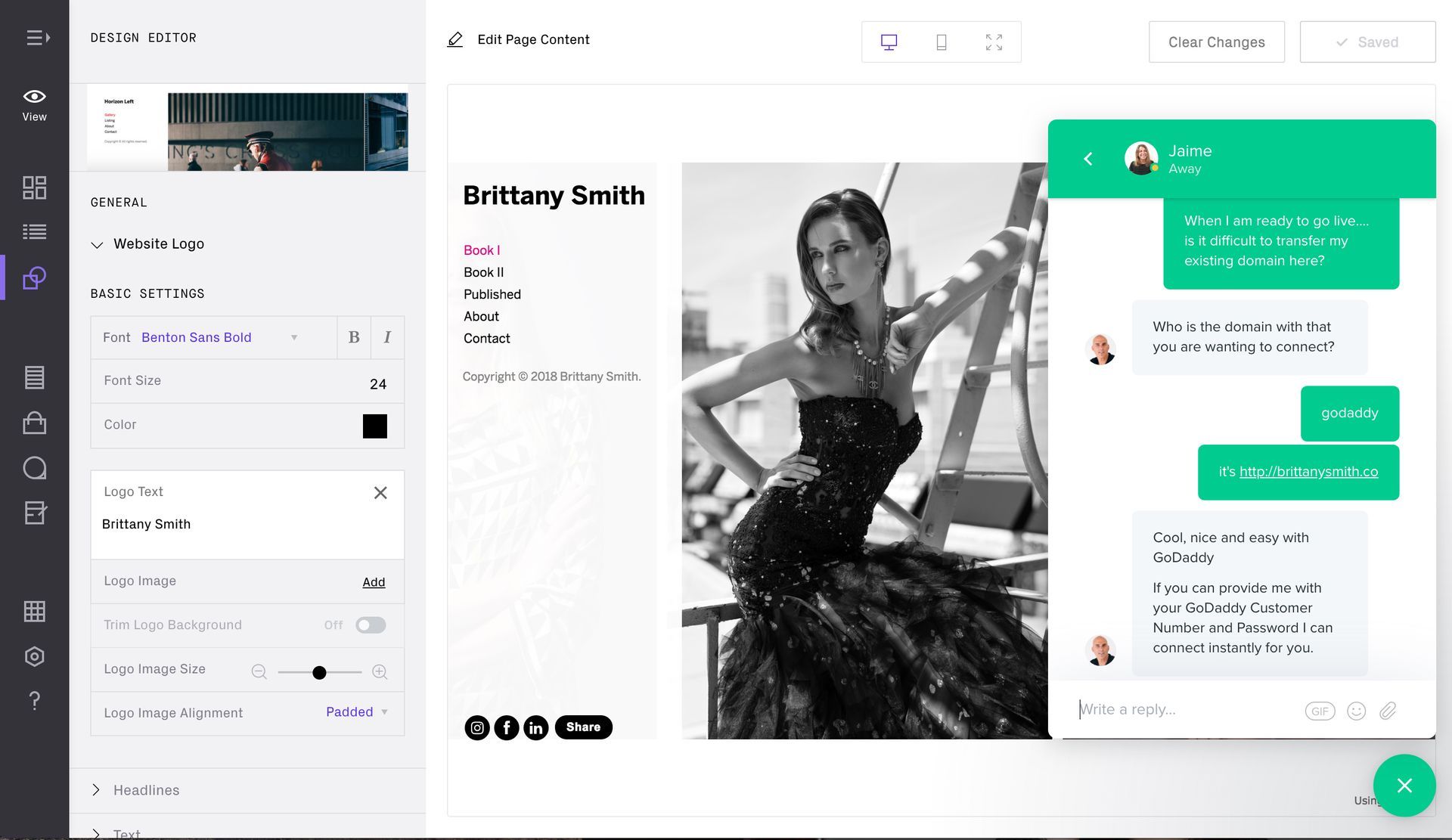5 Minute Read
The Role of Frameworks and Libraries
Purposes and advantages
Frameworks and libraries play a pivotal role in modern
web development, providing developers with pre-built tools and structures to streamline the creation of web applications. Understanding their roles, advantages, and how to choose between them is crucial for efficient and scalable development.
In this article, I'll cover the role of frameworks and libraries in website development so that you have a better understanding of how they work and how you can use them.
Let's jump right in!

Table of Contents
- Frameworks in Web Development
- Libraries in Web Development
- Choosing Between Frameworks and Libraries
- The Evolution of Frameworks and Libraries
- Best Practices for Framework and Library Usage
- Conclusion

Frameworks in Web Development
Definition and Purpose
Framework Definition: A framework is a pre-built set of tools, conventions, and libraries that simplifies and standardizes the development of web applications.
Purpose of Frameworks:
- Boilerplate Code: Frameworks often provide a foundation of boilerplate code, reducing the need for developers to start from scratch.
- Standardized Architecture: Frameworks enforce a structured architecture, promoting code organization and maintainability.
- Common Practices: They incorporate best practices, ensuring consistency across projects.
Advantages of Using Frameworks
- Rapid Development: Frameworks accelerate development by providing reusable components and established patterns.
- Scalability: They offer scalability through modular design, making it easier to extend and enhance applications.
- Community Support: Frameworks often have active communities, providing support, documentation, and a wealth of resources.
Popular Frontend Frameworks
- React.js: Known for its component-based architecture, React simplifies building interactive user interfaces.
- Angular: A comprehensive frontend framework by Google, offering a full suite of tools for large-scale applications.
- Vue.js: A progressive framework that provides continuous integration into existing projects and scales well.
Popular Backend Frameworks
- Django (Python): A high-level Python web framework that follows the Model-View-Controller (MVC) pattern.
- Express.js (Node.js): A minimal and flexible Node.js web application framework, widely used for building APIs.
- Ruby on Rails (Ruby): A full-stack web application framework written in Ruby, emphasizing convention over configuration.

Libraries in Web Development
Definition and Purpose
Library Definition: A library is a collection of pre-written code that developers can use to perform specific tasks or functions.
Purpose of Libraries:
- Modularity: Libraries offer modular solutions to common problems, allowing developers to pick and choose the functionalities they need.
- Focus on Tasks: They focus on specific tasks, such as DOM manipulation, form validation, or data visualization.
- Flexibility: Libraries provide flexibility as developers can integrate them into projects as needed.
Advantages of Using Libraries
- Customization: Developers have more control over how they integrate and use libraries, allowing for greater customization.
- Reduced Learning Curve: Libraries often have a lower learning curve compared to frameworks, making them suitable for smaller projects.
- Lightweight: Since libraries focus on specific tasks, they tend to be lightweight and efficient.
Examples of Frontend Libraries
- jQuery: A fast and feature-rich JavaScript library for DOM manipulation and AJAX.
- D3.js: A powerful library for creating interactive and dynamic data visualizations in the browser.
- Lodash: A utility library that provides helpful functions for common programming tasks.
Examples of Backend Libraries
- Express.js (Node.js): While often considered a framework, Express can also be used as a minimal backend library for building web applications.
- Flask (Python): A micro-framework that can be used as a lightweight backend library for Python web development.
- Sinatra (Ruby): A domain-specific language (DSL) for quickly creating web applications in Ruby, offering a lightweight alternative to full-stack frameworks.

Choosing Between Frameworks and Libraries
Considerations for Frameworks
- Project Size and Complexity: Frameworks are well-suited for large and complex projects where a standardized structure is beneficial.
- Learning Curve: Consider the learning curve associated with a framework and whether it aligns with the team's expertise.
- Community and Support: Evaluate the community support and documentation available for the framework.
Considerations for Libraries
- Specific Functionality: Libraries are suitable for projects that require specific functionalities without the need for a full-fledged framework.
- Flexibility: If flexibility in choosing components and architecture is essential, using libraries may be preferable.
- Development Speed: Libraries can expedite development by providing ready-made solutions for specific tasks.
Hybrid Approach
- Combining Strengths: It's common to use a combination of frameworks and libraries in a project, leveraging the strengths of each.
- Microservices Architecture: In microservices architectures, different services may use various frameworks or libraries based on their specific requirements.

The Evolution of Frameworks and Libraries
Trends in Frontend Frameworks
- Component-Based Architectures: Continued emphasis on component-based architectures for building reusable and maintainable UI elements.
- State Management: Enhanced state management solutions to handle complex application states efficiently.
- Server-Side Rendering (SSR) and Static Site Generation (SSG): Improved performance through SSR and SSG for faster page loads.
Trends in Backend Frameworks
- GraphQL Integration: Increased adoption of GraphQL for more efficient and flexible API development.
- Serverless Architecture: Growing interest in serverless architectures, leading to frameworks that simplify serverless application development.
- Containerization and Orchestration: Integration with containerization and orchestration tools for improved deployment and scalability.
Impact of Libraries on Development Trends
- Functional Programming Libraries: Rise in popularity of functional programming libraries, such as Ramda for JavaScript.
- Machine Learning Libraries: Integration of machine learning libraries into web development for smarter applications.
- UI Component Libraries: Increased use of UI component libraries for faster and consistent UI development.

Best Practices for Framework and Library Usage
Understand Web Development Paradigms
- Understanding web development paradigms will help you dictate how your websites or applications are structured, built, and deployed.
Keeping Dependencies Updated
- Regularly update frameworks and libraries to benefit from security patches, performance improvements, and new features.
- Use tools like package managers to manage dependencies efficiently.
Understanding the Learning Curve
- Assess the learning curve associated with a framework or library and receive training if needed.
- Consider the long-term benefits and team expertise when choosing technologies.
Community Support and Documentation
- Choose technologies with active communities and robust documentation.
- Community support is crucial for problem-solving, updates, and staying informed about best practices.
Performance Considerations
- Evaluate the performance impact of frameworks and libraries on your specific project.
- Optimize the use of dependencies to minimize load times and enhance user experience.

Conclusion
Frameworks and libraries play a crucial role in the field of web development, acting as indispensable tools that streamline the entire development process and grant developers the ability to design and build intricate, robust, and easily scalable applications.
When it comes to selecting either a framework or a library, a number of factors need to be taken into consideration, such as the specific project requirements, the level of expertise possessed by the development team, and the desired degree of customization.
By keeping themselves well-informed about the ever-evolving trends and innovation, and keeping abreast of the most effective practices, developers are empowered to make well-informed decisions that facilitate an efficient and future-proof development process.





